Three ways to send large amounts of data over HTTP
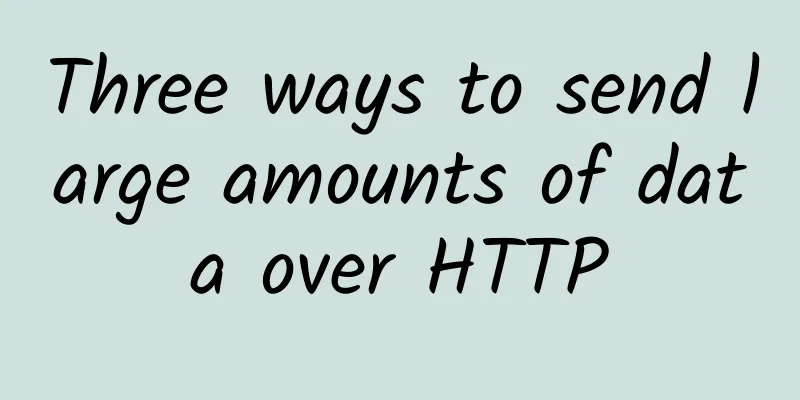
|
In the early days of the web, people sent files that were just a few KB in size. Fast forward to 2023, and we enjoy high-resolution MB-sized images and watch 4K (soon to be 8K) videos that are several GB in size. Even with a good internet connection, downloading a 5GB file can still take some time. If you own an Xbox or PlayStation, you know the feeling. There are three ways we can reduce the time it takes to send large amounts of data over HTTP:
They are not mutually exclusive. You can use all methods together depending on your use case. Compressing Data1*_un0bHBemgCSDocQmucK5Q.png To compress data, we need a compression algorithm. When sending a request, the browser includes a header called Accept-Encoding, which contains a list of supported compression algorithms, including gzip (GZIP), compress, deflate, and br (Brotli). Next, the server selects an algorithm it supports from the list and sets the algorithm name in the Content-Encoding header. When the browser receives the response, it knows how to parse the data in the body. Among these algorithms, the most popular is GZIP. It is an excellent choice for compressing text data such as HTML, CSS, and JavaScript. Brotli is another algorithm worth mentioning. It performs even better than GZIP in compressing HTML. These efficient algorithms have some limitations. They compress text well, but not well enough for compressing images or videos. After all, the media is already optimized. Try compressing a video file on your computer. You should hardly see much difference between before and after compression. Furthermore, it is almost impossible to compress a 5GB video to a few KB without losing quality. Compression is good, but we need a better solution - send the file in chunks and assemble the partial data on the client side. Sending chunked data1*0WLNkzfgw9faLpTUXkk3tg.png In version 1.1, HTTP introduced chunked data to handle large data situations. When sending the response, the server adds a header Transfer-Encoding: chunked to let the browser know that the data is transferred in chunks. 1*Nwlp0QqhEsvWl4fw-x0X7Q.png Each chunk has the following components:
Want to know what CRLF is? 1*s_-5lmT9176ymCAaaGCE2w.png CR followed by LF (CRLF, \r\n, or 0x0D0A) moves the cursor to the next line and then to the beginning of the line. You can find more details in the Further Reading section at the end of this article. Here, you can simply think of it as a delimiter. The server continues to stream chunked data to the browser. When it reaches the end of the data stream, it appends a closing tag containing the following:
On the browser side, it waits for all the chunks until the end marker is reached. Then, it removes the chunk encoding, including the CRLF and length information. Next, it combines the chunked data into a whole. Therefore, on Chrome DevTools, you can only see the assembled data, not the chunked data. Eventually, you will receive a chunk of the entire data. 1*oChWIlysG3PQD3vy8ctVxw.png Chunking the data is useful. However, for a 5GB video, it still takes some time for the complete data to arrive. Can we fetch selected chunks of data and request other chunks when needed? HTTP says yes. Request data in the selected range1*LOGONes_KpmSN6zXaz9DhA.png Open a video on YouTube and you'll see a gray progress bar moving forward. What you just saw is YouTube requesting data for the selected range. This feature allows you to jump anywhere in the timeline. When you click somewhere on the progress bar, the browser requests a specific range of video data. Implementing range requests on the server is optional. If implemented, you can see Accept-Ranges: bytes in the response header. 1*MWd4AGP8lLRIQw5mketXew.png This is an example of a YouTube request. You can find this header in any "playback" request. A range request header looks like `Range:bytes=0-80`, which is indexed starting from 0. This head is a very cleverly designed head with excellent flexibility. Assume that a data has a total of 100 bytes.
If the requested range is valid, the server sends a response with a Content-Range header verifying the data range and total length, for example Content-Range: bytes 70-80/100. Range requests are widely used in video streaming and file download services. Have you ever continued a file download after an internet outage? That's a range request. Additionally, range requests support multiple ranges. For example, you can request two ranges from a file, like Range: bytes=20-45, 70-80. A multi-range body looks similar to chunked data. Each chunk has the following parts:
The boundary is just a random string that looks like 3d6b6a416f9b5, marking the boundaries between different chunks of data. Finally, the body ends with a boundary block, which starts with -- and ends with -- and CRLF. This tells the browser that the multipart has ended. Let's put it all together. The response body is structured as follows. SummarizeHTTP helps us to transfer large amounts of data through compression, chunked data, and range data. The idea here is to send the data we need when we need it, and then send other data when needed. You can try the same idea when you encounter problems in designing similar systems. By combining these three methods, we can send compressed chunked data range data. |
<<: Huawei releases a full range of 5G-A solutions to make 5G-A a reality
>>: Transforming the digital experience with 5G
Recommend
ERP, CRM, SRM, PLM, HRM, OA...what do they all mean?
When working in a company, you often hear some st...
DediPath: 50% off all VPS/HybridServers, starting at $1.75 per month, multiple data centers in Los Angeles/San Jose, etc.
DediPath's spring promotion is still ongoing,...
Sharktech: High-security VPS with 50% off annual payment starting at $47.7/year - 2GB/40GB/4TB/Los Angeles & Denver multiple data centers
Sharktech is offering a 25% discount on quarterly...
In 2022, IT managers need to know about the seven popular and four unpopular technology investments!
Riding on the wave of digital transformation acce...
Why is NFV spreading so rapidly under the 5G trend?
5G's high bandwidth, low latency, and large c...
5G will be the world's most intelligent and interconnected cloud computing
We will enter the 5G era around 2020. 5G will hav...
Why are 4.3 billion IPv4s not enough? (IPv6 should take the blame for IPv4)
As we all know, the so-called IP address is a 32-...
What are honeypots, honey baits, honey tags, honeynets, honey farms... in network security?
As security practitioners, whether we are doing p...
HostYun newly launched China Unicom AS9929 premium line with high configuration, KVM architecture, 1G memory package with monthly payment starting from 25 yuan
HostYun (host cloud, the original domain name hos...
Baidu cloud carnival/price guarantee 11.11, cloud server as low as 46 yuan/year
This year's Double 11 event started very earl...
CheapWindowsVPS 50% off, 1Gbps unlimited traffic starting from $4.5 per month, 7 data centers to choose from
CheapWindowsVPS is an established foreign hosting...
LiCloud: $29.99/month Hong Kong dedicated server - E3-1230v2, 8G memory, 240G SSD or 1TB HDD hard disk, 15M bandwidth
LiCloud.io is a hosting company (LiCloud Limited)...
Friendhosting offers 25% off on all sites, VPS in 11 data centers starting from 12 euros for half a year
Friendhosting has launched a SysAdmin Day Sale pr...
Megalayer Summer Promotion: US servers start from 99 yuan/month, Hong Kong high-defense servers start from 299 yuan/month
Megalayer launched a summer ice point special off...
CMIVPS June Promotion: 20% off for monthly payment and 50% off for annual payment for Hong Kong high-bandwidth VPS hosting
CMIVPS is a foreign hosting service provider esta...
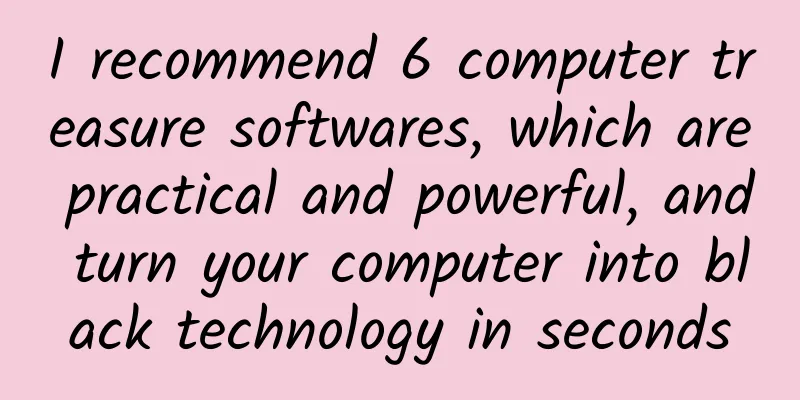

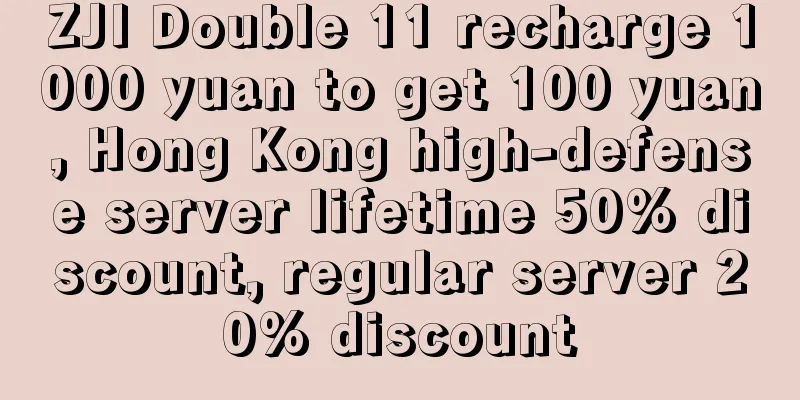
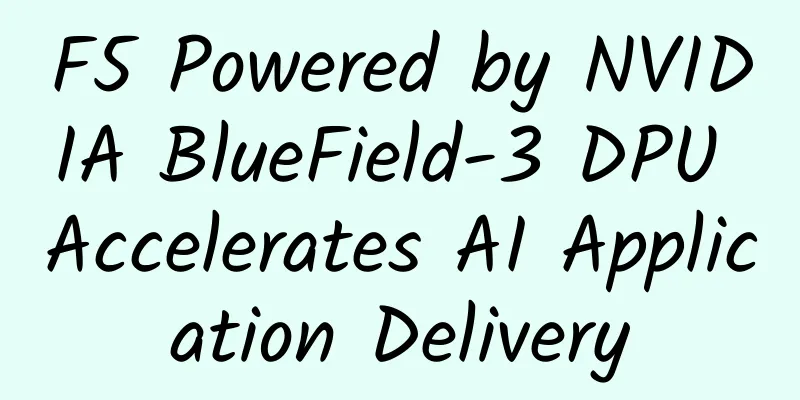

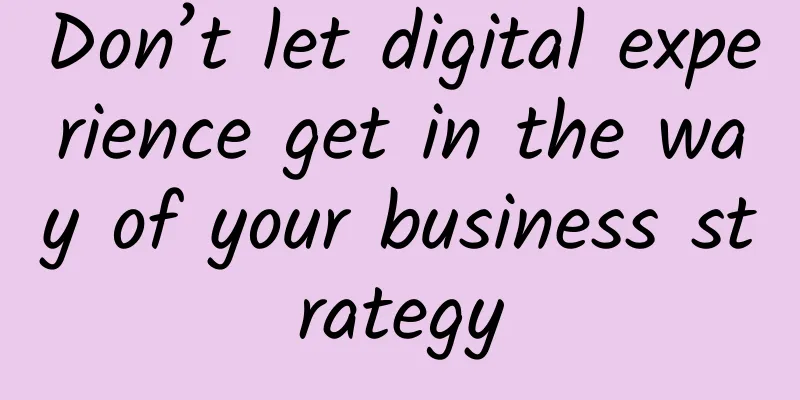
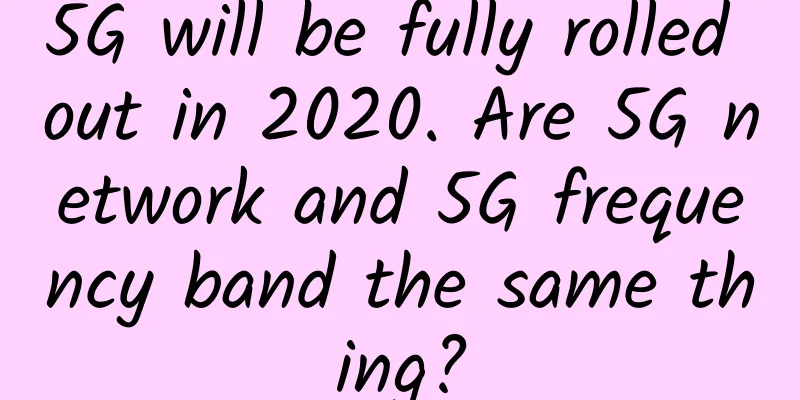
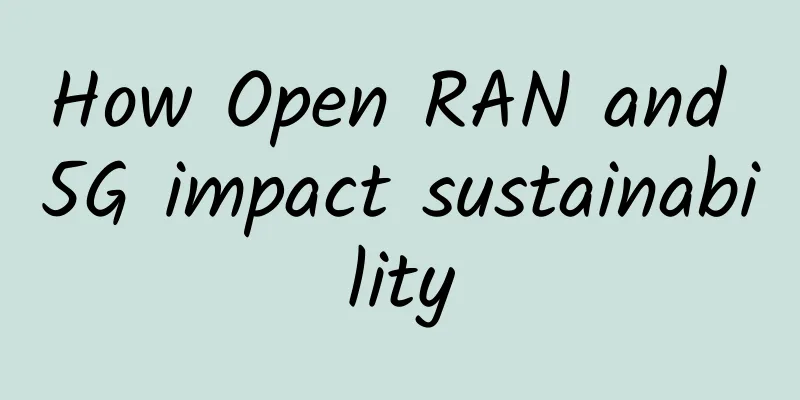
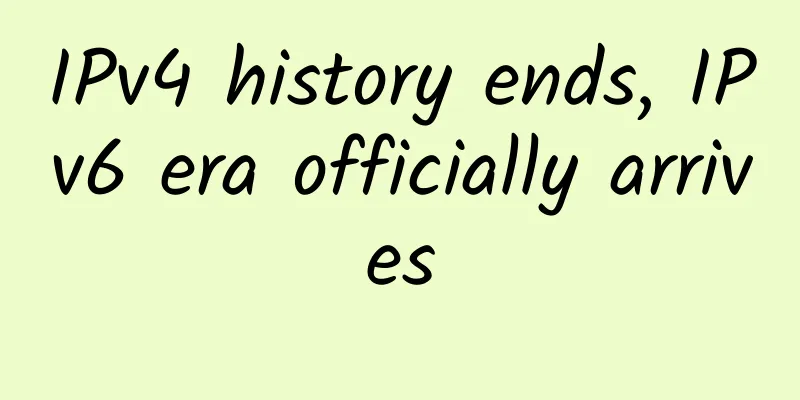
![[11.11] Yecao Cloud: Hong Kong BGP network VPS annual payment starts from 83 yuan, Hong Kong international line annual payment starts from 79 yuan, Hong Kong independent server starts from 199 yuan/month](/upload/images/67cabd142d2b7.webp)